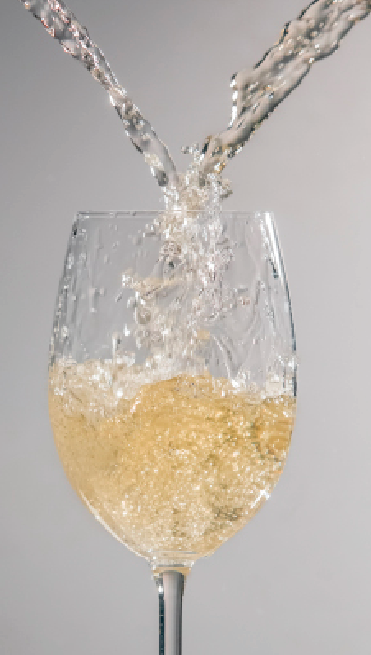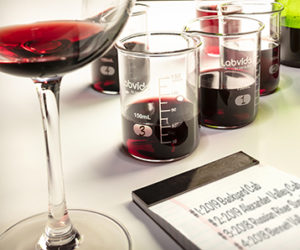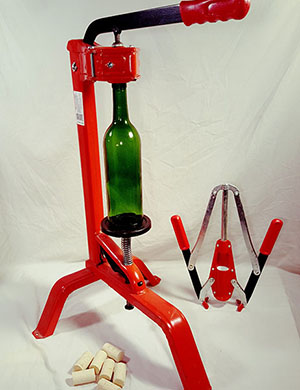
In this article, Michael Larner discusses the wines of the Rhône region of France, and one of the most important winemaking parts of Rhône winemaking is blending. Learn about the basics of blending to make the best choices in your home winery.
Why blend
Winemakers blend wines for two reasons: to add complexity and to achieve balance. Most winemakers will tell you that great wine is made in the vineyard, of course, but sometimes, especially on a home winemaker’s budget, that’s not possible. Sometimes there isn’t access to world-class fruit, or the grapes in your backyard vineyard didn’t ripen as well as you wanted. Or, you may also be at the mercy of your juice source or kit manufacturer. You may also simply have a limited amount of space to ferment and experiment with more than one or two batches of wine. The results can be wines that are thin or one-dimensional, or they can be overly acidic or sweet (or not acidic or sweet enough). They may need more color or fruit flavor — or just a little something extra to make them wine competition-worthy. If you followed good winemaking practices, and have either made extra batches of complementary wine (or have access to complementary wine), you can blend your way to better wine.
What to blend
You can add complexity or solve balance issues that can afflict a well made but unbalanced wine by blending. The trick is finding the right wines to blend, and blending them in the right amounts.
Blending possibilities are infinite, and home winemakers don’t have to adhere to any particular blending rules, unlike some commercial wines. For example, French red Bordeaux can only include blends with Cabernet Sauvignon, Cabernet Franc, Merlot, Petit Verdot, Malbec and Carménère. Similarly, in Tuscany, Italy, Chianti Classico can only consist of blends of approved varieties such as Sangiovese, Canaiolo, Cabernet Sauvignon, Merlot or Syrah to be legally accepted as true Chianti Classico by the region’s winemaking rules.
For the beginner blender, however, the best tack to take is trying out blends that are known to work well, such as Cabernet Sauvignon and Merlot, or Chardonnay and Sémillon — depending, of course, on what blending wines you can get your hands on. Since many beginner home winemakers usually work with one batch of wine at a time, this is a good excuse to network with other home winemakers to trade wines for blending. You can also plan your blends ahead by fermenting additional, smaller batches of complementary wines of other varietals — either from grapes, fresh juice or a wine kit. (for more more information about wine kit blending, Tim Vandergrift discusses the subject in this article). Also, for some charts of common blends and complementary grapes, visit https://winemakermag.com/technique/wine-blending-partners.
Blending precautions
Blending is a good way to tweak your wines to make them better, but what you shouldn’t blend are wines with flaws that are the result of faulty winemaking. For example, if your wine is infected with Brettanomyces, or has some other sort of irreparable flaw, blending it with another wine will not make it better — you will just end up with a larger quantity of flawed wine.
Blending also needs to be done in smaller trials before blending the entire batch. This process is called “bench trials,” and involves blending a few milliliters at a time, tasting, and then blending up the entire batch to scale when you are satisfied with a particular blend. This method reduces the risk of ruining an entire batch of wine from heavy-handed blending additions. For a helpful spreadsheet for doing blending calculations, visit https://winemakermag.com/resource/1217-download-tim-patterson-s-blending-spreadsheet




